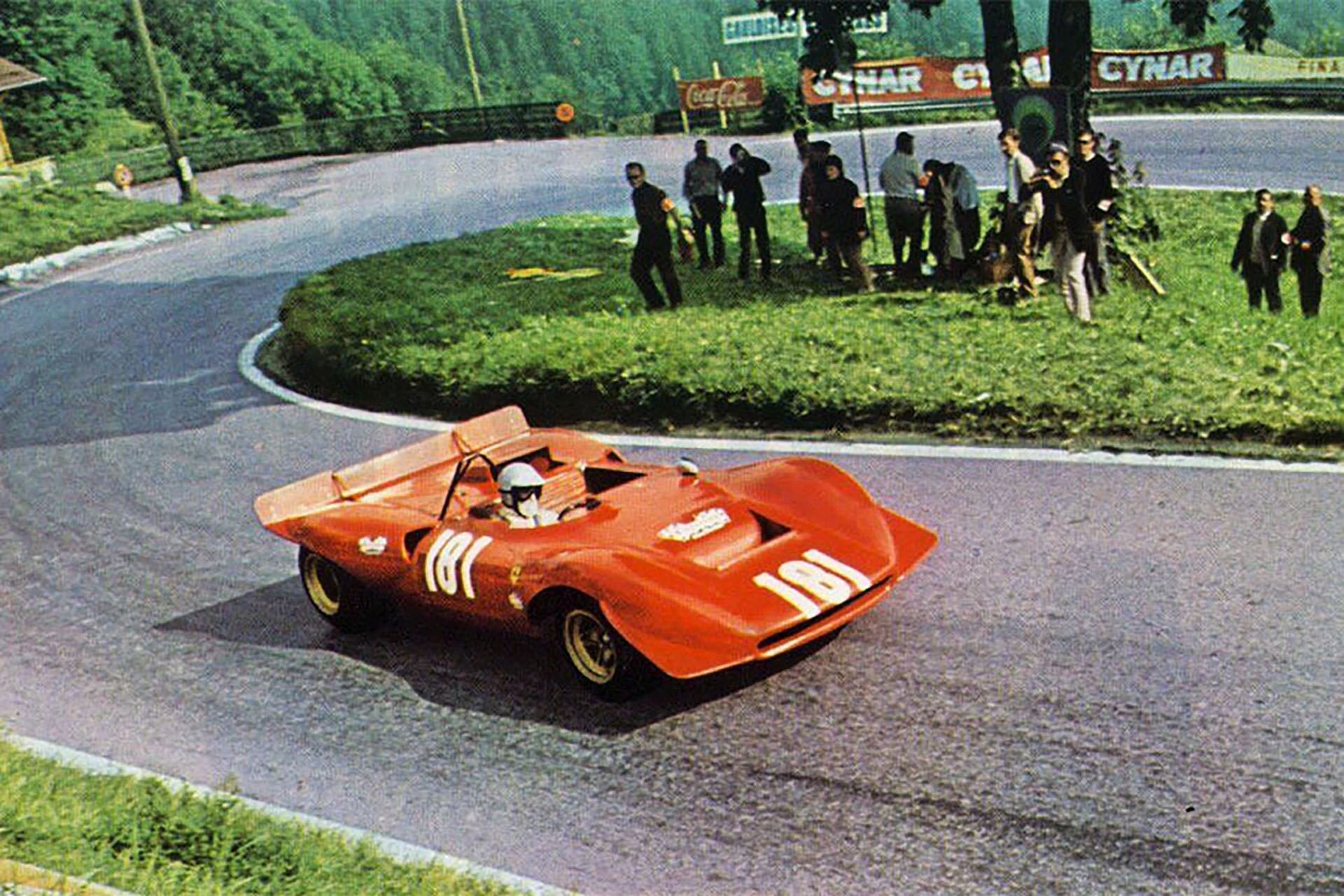Porsche's Technological Innovations Part 8: School of Lightness and Simplicity
10 May 2025 3 min read 4 images

Photo credit: Porsche
In school we are taught that in multiplication, reversing the order of the factors does not change the product. Wrong. In the 1960s, there were two brands that dominated in the enthusiasts' universe: Ferrari and Porsche. Both participated in racing and both produced genuine racing cars that won and highly successful road cars. Put like that, the rule of multiplication would seem to be confirmed. But it doesn't, for a reason that, when you think about it, is very clear: Ferrari built powerful engines and winning cars from which they derived the road models, which, of necessity, were very expensive and produced in rather limited numbers. In other words, exclusive, super-performing and expensive.
Porsche, for its part, thought and developed its racing cars from the inspirational concept of its road cars. We have seen the history of the 356 and the Carrera from which were born winning models with the flavour of the brand's road cars. The example above all, the 550 RS, apparently a sister of the road model but in reality an extreme sophistication of the same.
Register to unlock this article
Signing up is free and gives you access to hundreds of articles and additional benefits. See what’s included in your free membership. See what's included in your free membership.
Already have an account? Log In


